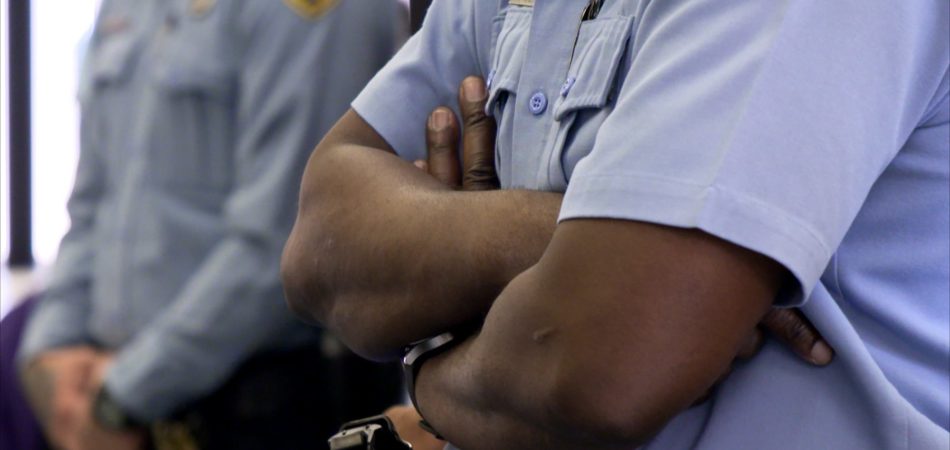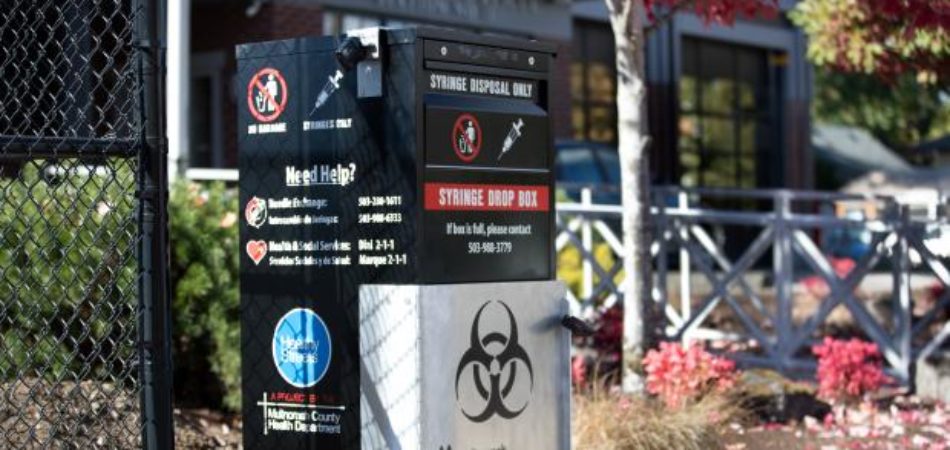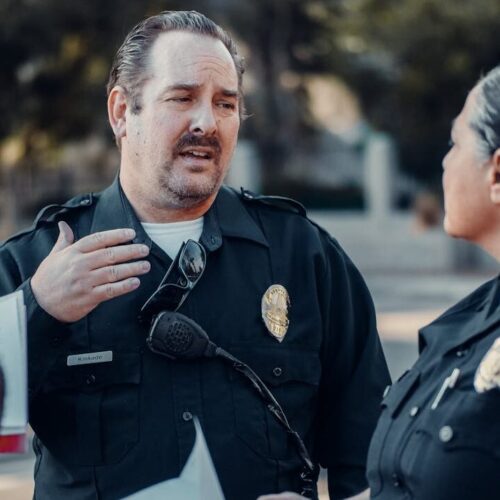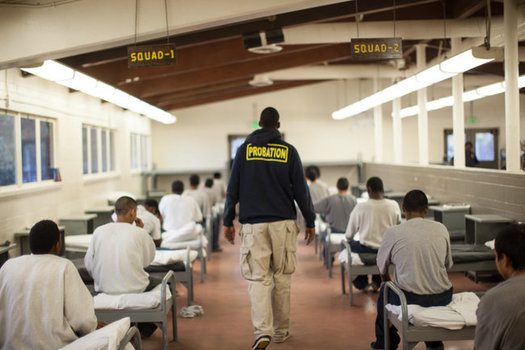
Purpose, Necessity, and Impact
Reflections from the Transforming Juvenile Probation Certificate Program
Over the past two decades, juvenile justice systems in the United States have seen significant advancements. Decreases in juvenile justice arrests and incarceration rates, as well as an increasing number of agencies implementing evidence-based strategies, have indicated noted progress. Despite these gains, few jurisdictions have fundamentally questioned the purpose and goals of probation or considered reorienting the role of probation officers away from surveillance and sanctions and toward promoting positive youth behavior change.
This narrative changed last month when seven jurisdictions from across the country participated in the Transforming Juvenile Probation Certificate Program, a weeklong intensive training. The training was hosted in partnership with Georgetown’s Center for Juvenile Justice Reform (CJJR) and The Council of State Governments (CSG) Justice Center and was supported by the Annie E. Casey Foundation (AECF).
The program brought together cross-disciplinary teams from Caddo Parish, Louisiana; Charlottesville, Virginia; Marion County, Indiana; Multnomah County, Oregon; the state of New Hampshire; San Diego County, California; and Stark County, Ohio.
The training encouraged teams to fundamentally rethink the policies, procedures, practices, and partnerships that make up their juvenile probation systems. The teams received information from nationally renowned juvenile justice researchers and practitioners and covered a variety of topics, including probation conditions, diversion practices, fairness and equity, and the role of probation officers.
Throughout the week, teams spent time together developing strategic plans detailing the specific changes they plan to enact as part of the program’s capstone project. At the end of the training, participants left with a wealth of knowledge that will be shared with their internal and external partners to better improve public safety and youth outcomes; employ resources more efficiently; and reduce the disparate treatment of youth of color.
Some of the certificate program’s participants had this to say about their experience of the week-long training.
For the next year, jurisdictions will also receive distance and on-site technical assistance to help implement their plans and projects in their communities.
New Hampshire Department of Corrections Commissioner Helen Hanks presents at the Medicaid and Corrections Policy Academy in-person meeting.
Read MoreThe sharp rise in school shootings over the past 25 years has led school officials across the U.S.…
Read MoreIdeally, leaders would have actionable data readily available to them when they need it most. However, many agencies…
Read More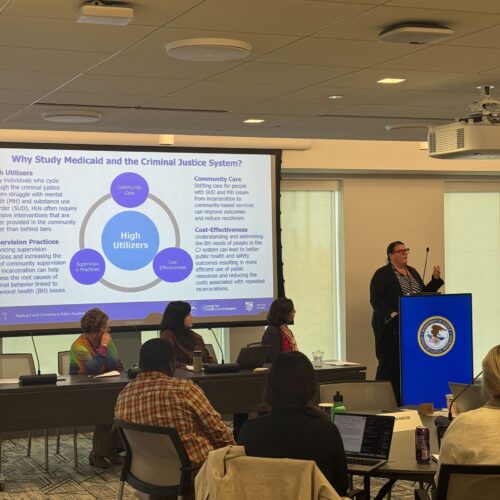 Meet the Medicaid and Corrections Policy Academy Mentor States
Meet the Medicaid and Corrections Policy Academy Mentor States
New Hampshire Department of Corrections Commissioner Helen Hanks presents at the Medicaid and Corrections Policy Academy in-person meeting.
Read More Taking the HEAT Out of Campus Crises: A Proactive Approach to College Safety
Taking the HEAT Out of Campus Crises: A Proactive Approach to College Safety
The sharp rise in school shootings over the past 25 years has led school officials across the U.S. to take a closer look at ways to keep students safe. For Chaffey College in Rancho Cucamonga, California, a tragic incident at a nearby university hit close to home and spurred campus leaders to revisit their own school’s threat assessments and crisis responses.
Read More New Smart Supervision Resident Analyst Program to Increase Supervision Agencies’ Data Analysis Capacity
New Smart Supervision Resident Analyst Program to Increase Supervision Agencies’ Data Analysis Capacity
Ideally, leaders would have actionable data readily available to them when they need it most. However, many agencies encounter significant challenges related to procuring accurate, consistent, and timely data, often grappling with outdated systems and inadequate tools.
Read More From 911 to 988: Salt Lake City’s Innovative Dispatch Diversion Program Gives More Crisis Options
From 911 to 988: Salt Lake City’s Innovative Dispatch Diversion Program Gives More Crisis Options
A three-digit crisis line, 988, launched two years ago to supplement—not necessarily replace—911. Calling 988 simplifies access to services when people are seeking help for themselves or loved ones with suicidal thoughts, behavioral health concerns, or substance use-related crises.
Read More Matching Care to Need: 5 Facts on How to Improve Behavioral Health Crisis Response
Matching Care to Need: 5 Facts on How to Improve Behavioral Health Crisis Response
It would hardly be controversial to expect an ambulance to arrive if someone called 911 for a physical health emergency. And yet, for years, the default responders for a behavioral health emergency have been law enforcement officers, not behavioral health professionals.
Read More





